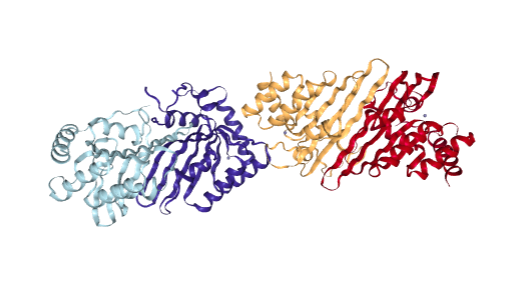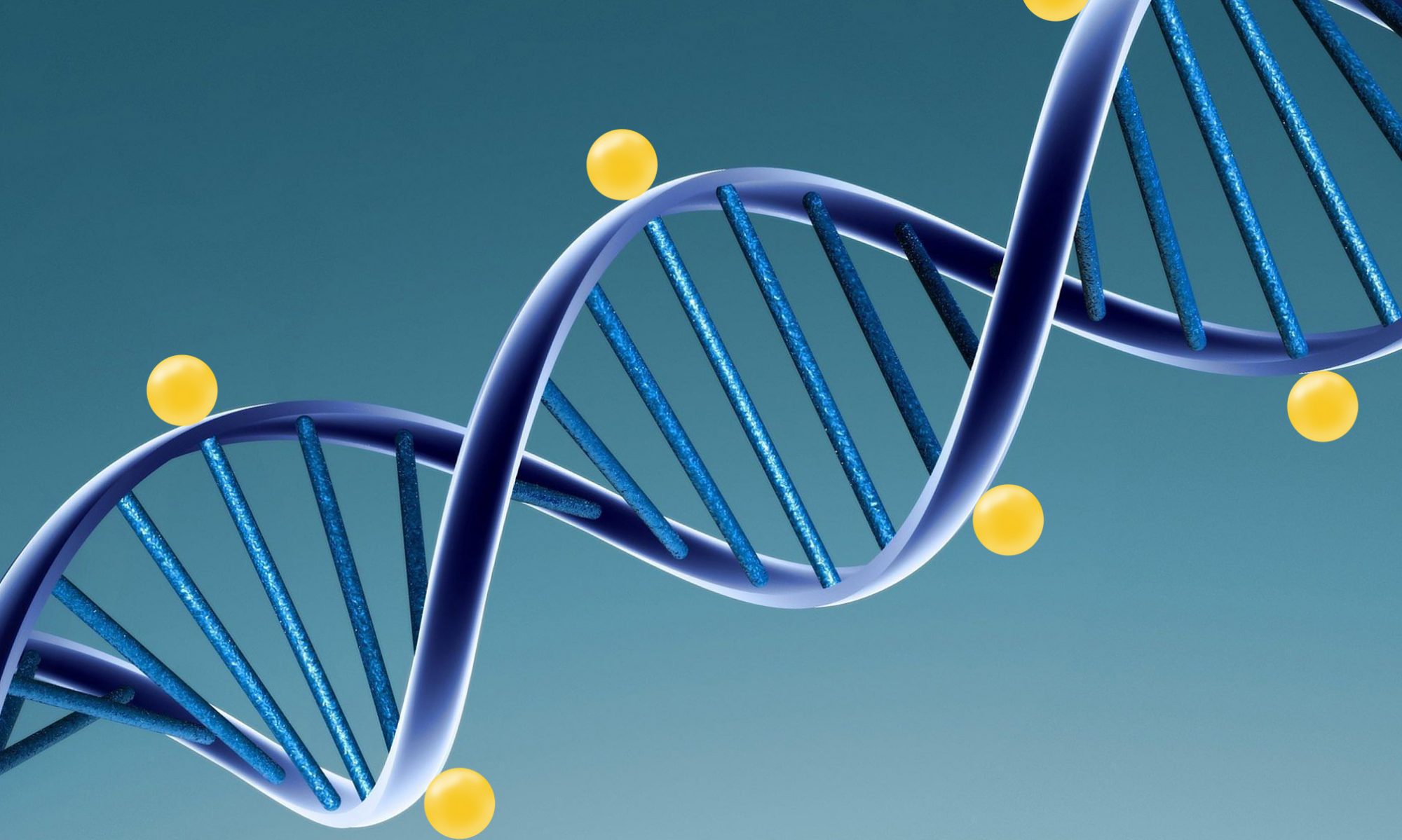When sperm cells fertilize eggs, the zygote will ideally become fully cleared of all DNA methylation on cytosines; in doing so, cells would return to their pluripotent states for the early embryo (16). Once DNA is returned to its unmethylated state, the cycle of methylation can restart to differentiate between cells as the embryo grows.
Among many proposed mechanisms and pathways for genetic reprogramming, one that is generally agreed upon involves the deamination of the 5-methylcytosine, creating thymine. This reaction is catalyzed by AID/APOBEC (activation-induced cytidine deaminase/apolipoprotein B mRNA-editing enzyme complex) (9). To see the mechanism for this reaction, visit this page.

Cytosine becoming a thymine presents a new problem for the cell; a thymine:guanine mismatch. To resolve this problem, Base Excision Repair (BER) Machinery comes into play. The BER machinery is made up of a set of enzymes, each with a particular role in the excision of thymine (16). To see the role of each enzyme, visit the mechanism for demethylation.
Ideally, all previous DNA methylation will be removed via this pathway. However, recent research has highlighted genomically imprinted methylation patterns that are resistant to reprogramming (18). Interestingly, the genes that code for glucocorticoid receptors and TGF-β signaling proteins were listed. It is still not well understood what makes this set of specific genes resistant to demethylation.

Great. Only note is you need a few extra words in the last sentence to make it complete.
Added
So is every single methylated cytosine targeted by the AID/APOBEC? If so, why would any methylation still be present within the zygote cell? Why are the genes that code for glucocorticoid receptors and TGF signaling proteins unique in that they are resistant to reprogramming?
I also agree with Claire that there is a couple of words missing from the last sentence
Ideally, all cytosines will be cleared. And I added a sentence explaining that the resistance to reprogramming is still not well understood.
Good transition into the next webpages. If possible, consider demarcating the subunits of the AID/APOBEC complex and including in the caption what these subunits are and what what they do (if what they do is relevant to the webpage).
I changed the colors of the subunits, but I don’t think it is necessary to delve into what each subunit does, but rather just what the enzyme does as a whole.